On January 12 we went to Uji, a small town south of Kyoto. We visited Byodo-in Temple, which was converted from a rural retreat to a temple in 1052. Added to the temple in 1053, the Amida-do or Hoo-doo (Phoenix Hall) is the only original remaining structure from the era as the temple complex was destroyed by fire in 1336.
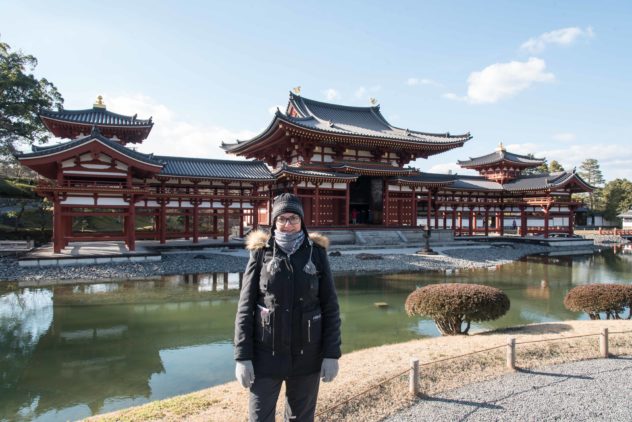
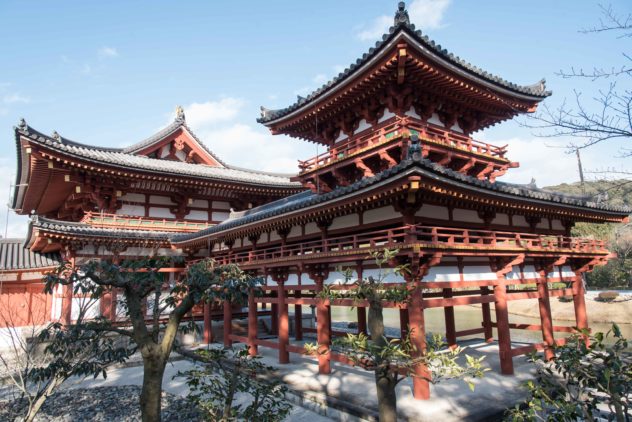
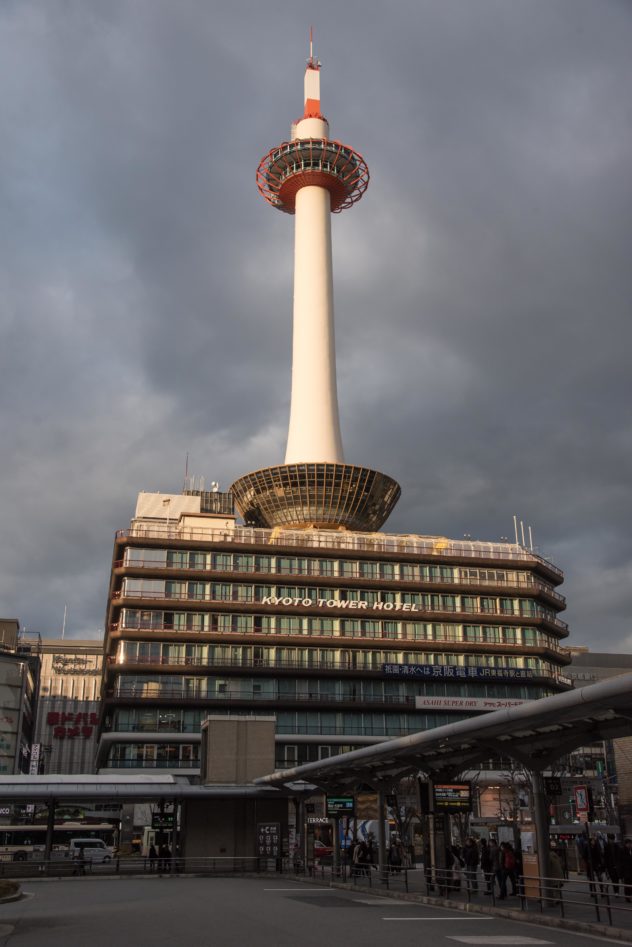
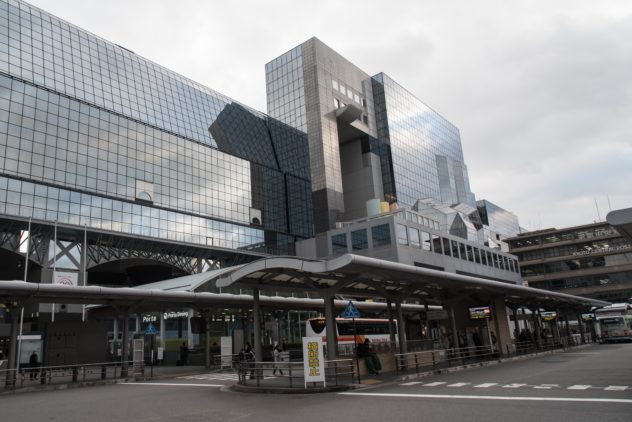
In the afternoon we headed to Gion, a popular geisha neighborhood in Kyoto. At 6:00pm at the Gion Corner we attended a performance of traditional Japanese ceremonies like Chado (Tea Ceremony), Koto (Japanese Harp), Kado (Flower Arrangement), Gagaku (Court Music), Kyogen (Ancient Comic Play), Kyomai (Kyoto Style Dance) and Bunraku (Puppet Play). Although this is a script performance it gives the audience the idea of the Japanese traditional culture.
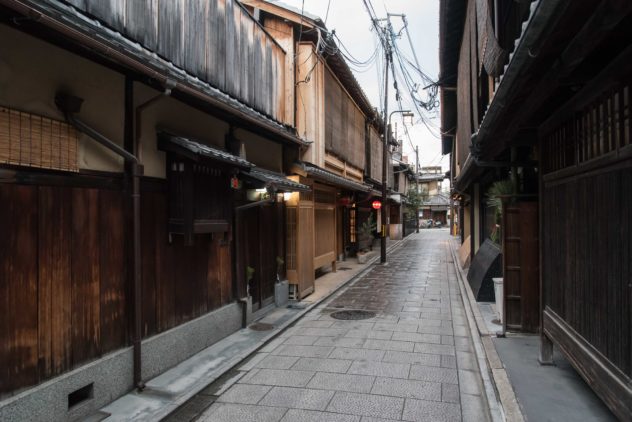
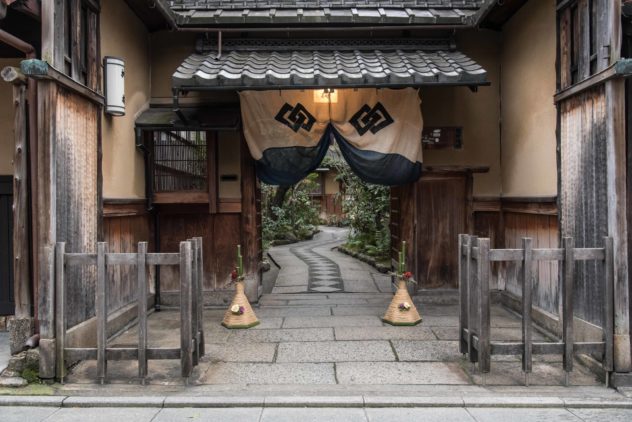
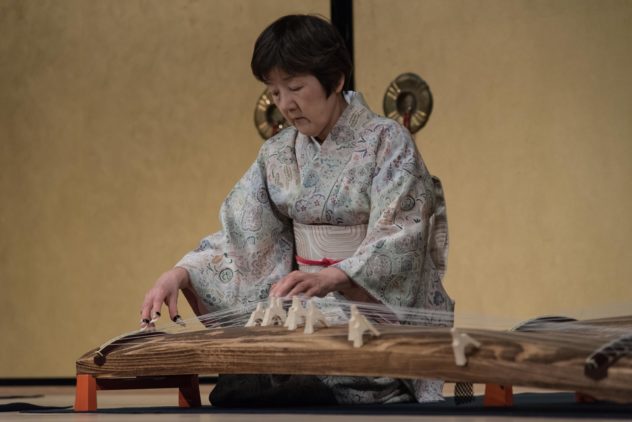
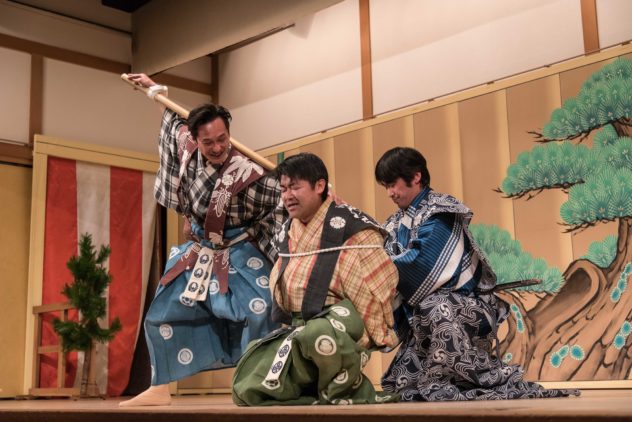
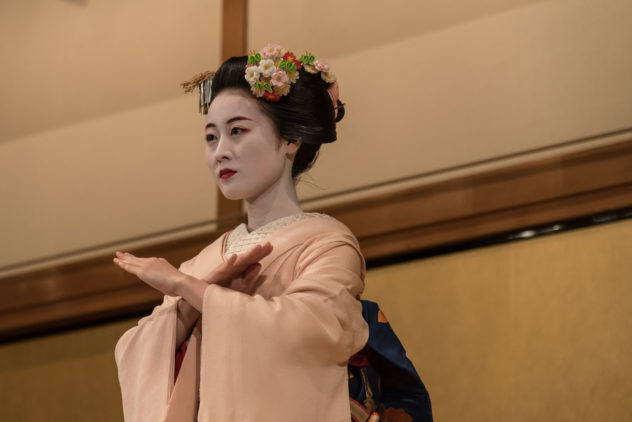
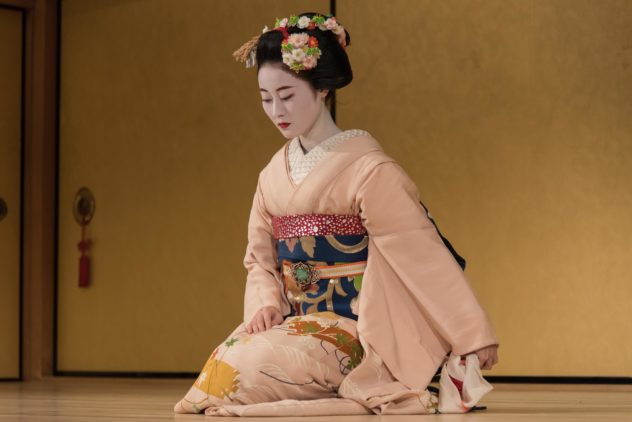
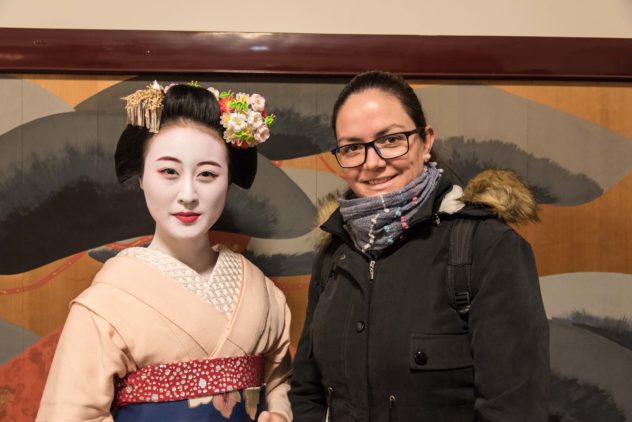
At night we walked along the streets of Gion trying to spot a geisha but did not have any luck!
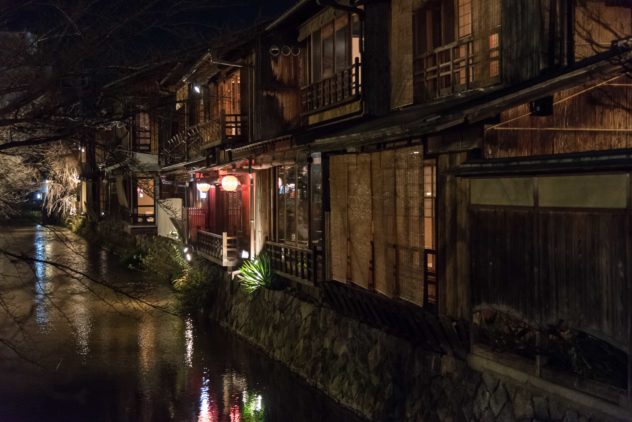
In the early afternoon of January 13 we visited the Sanjusangen-do Temple. This is a massive wooden structure home of 1001 statues of the 1000-armed Kannon, the Buddhist goddess of mercy.
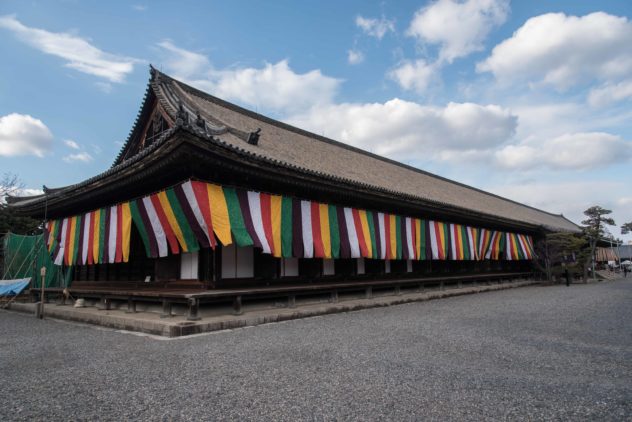
We then walked to Kiyomizu-dera Temple. Unfortunately it is under reconstruction so we could not appreciate the outside of the temple, but we could still visit the inside and see the pilgrims perform their prayers.
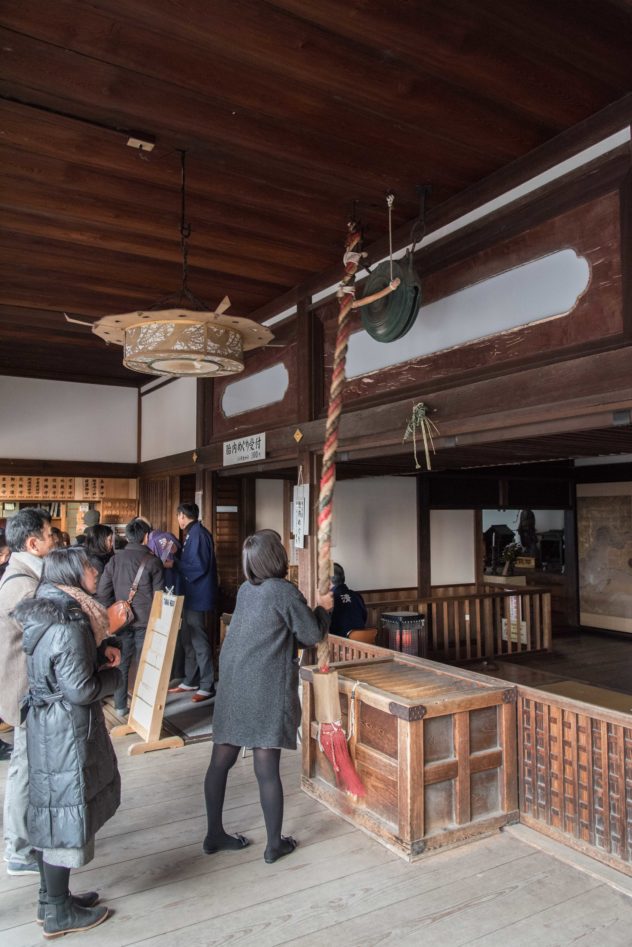
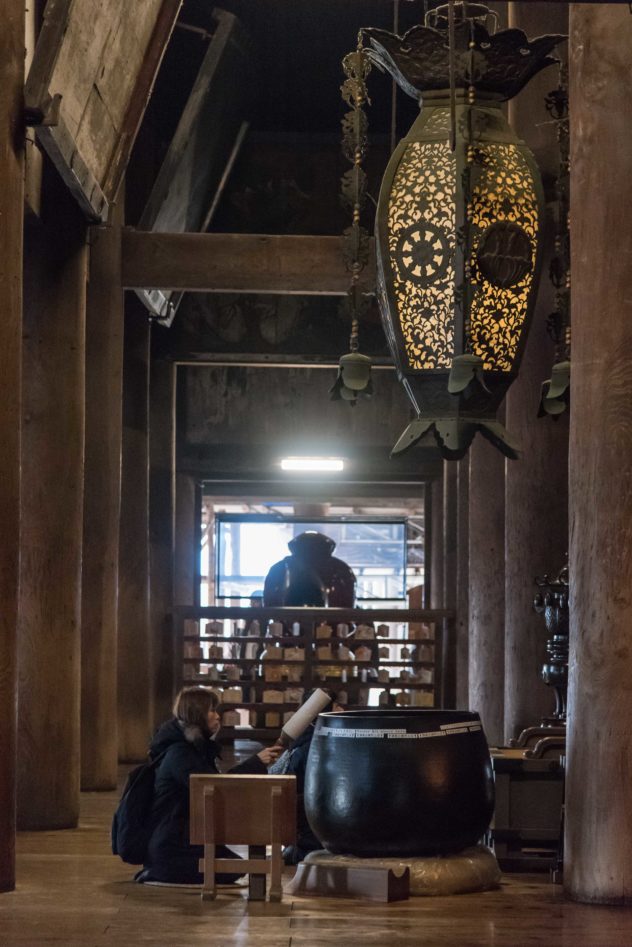
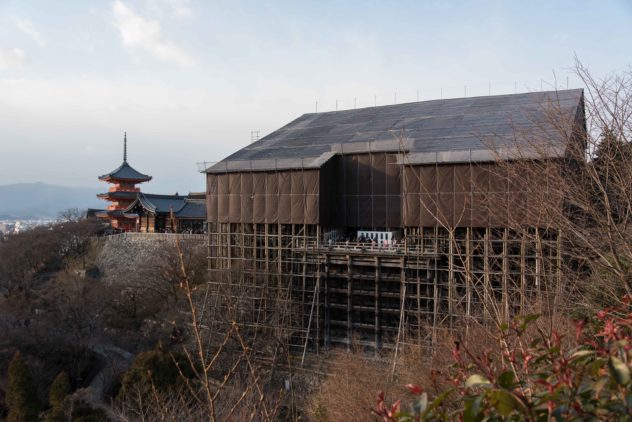
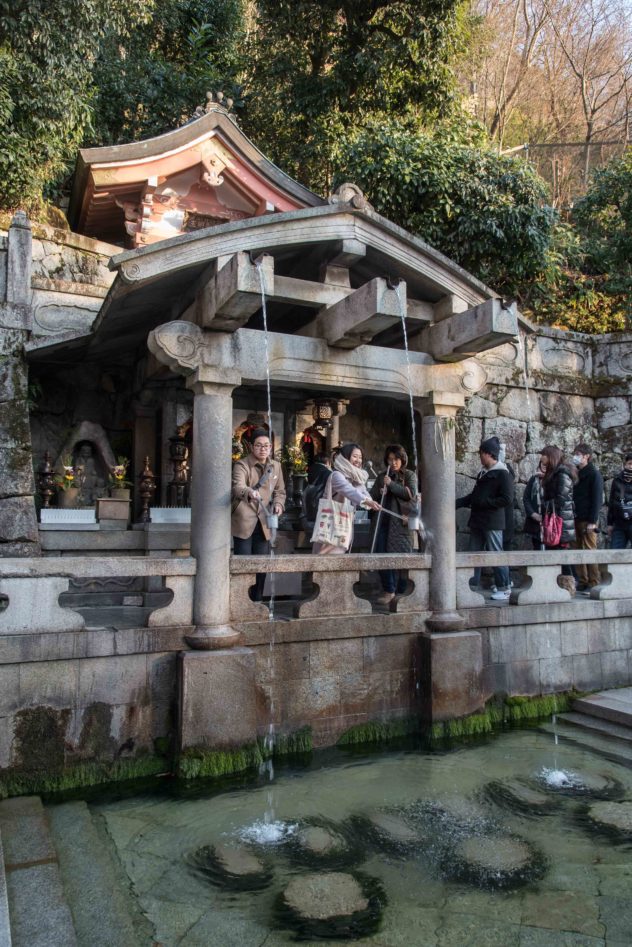
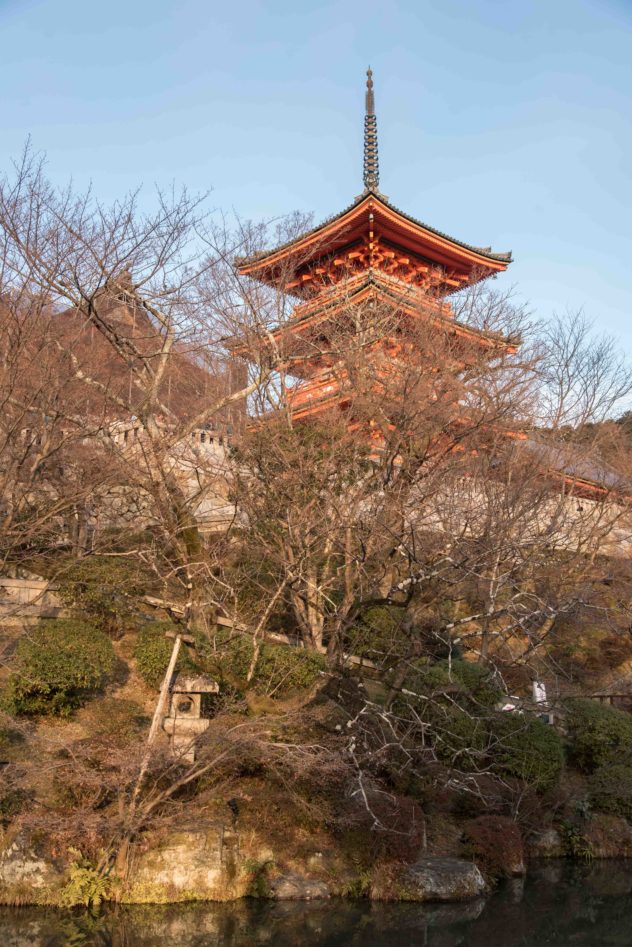
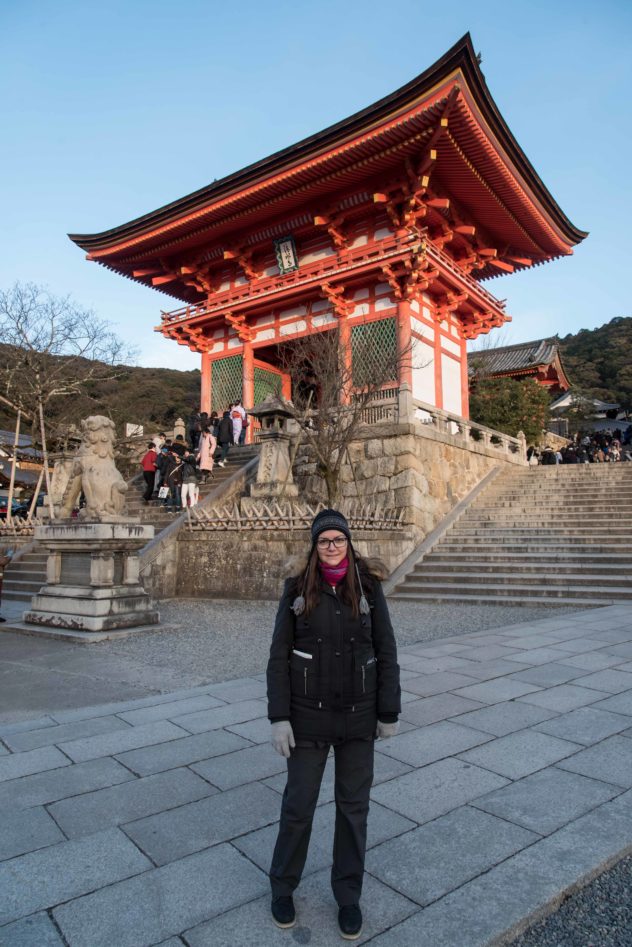
We finished the day in Gion looking for geishas and this time we found one that was picking up her client at a nearby hotel. They headed to the geisha house where I was able to take a nice picture of her through the door.
The streets of Gion are full of beautiful traditional Japanese houses, a place worth visiting while in Kyoto.
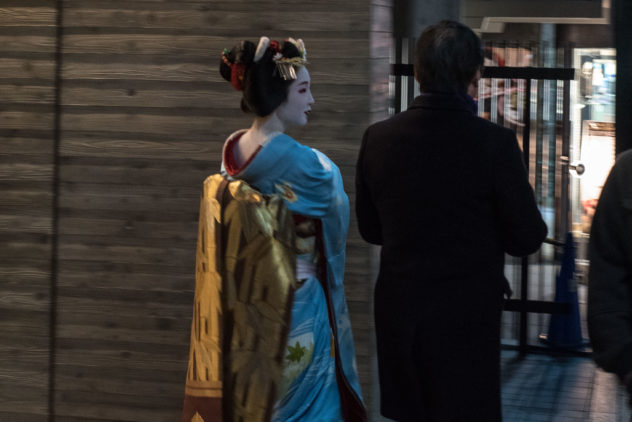
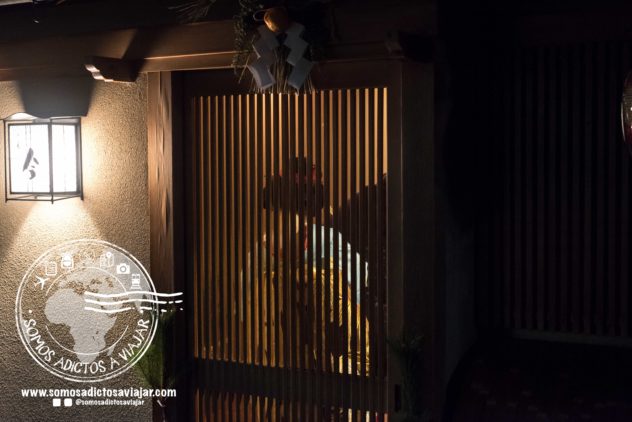
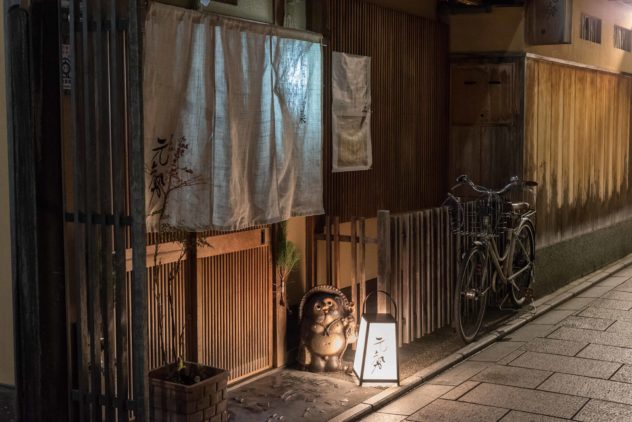
On January 14 we went back to Sanjusangen-do Temple. During our visit yesterday we found out that there is an archery event that only happens once a year. The female teenagers graduating from high school participate in this archery event. It was quite the organization and the girls had beautiful dresses, make-up done and great hairstyles.
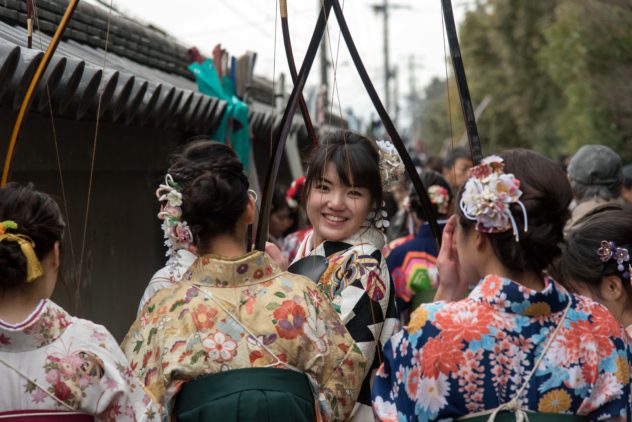
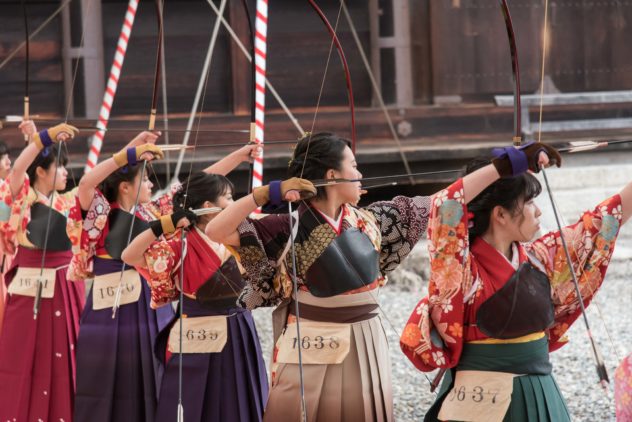
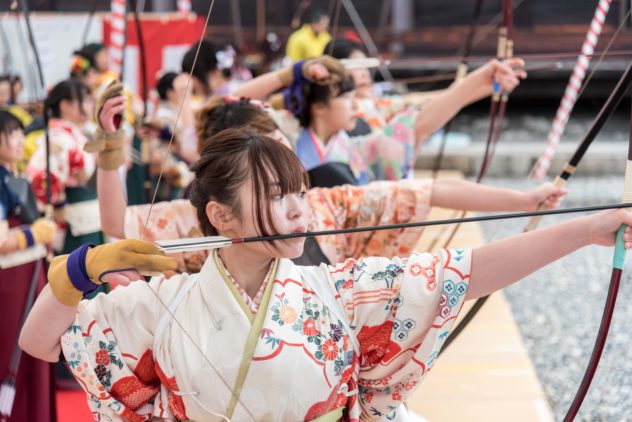
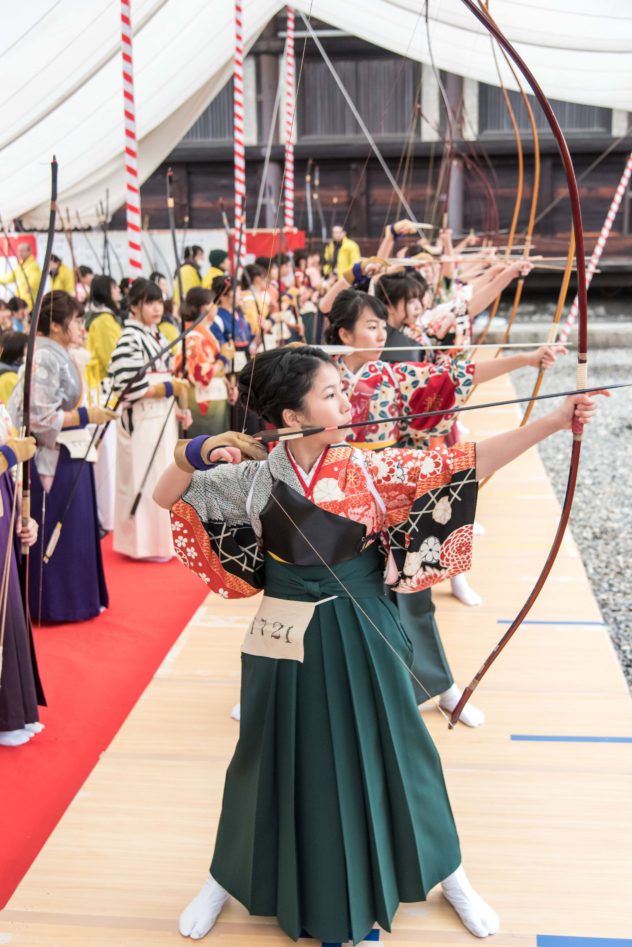
After lunch we visited the Chion-in Temple. This is a big complex with lots of small shrines and places for worshipping. There is also a cemetery with elaborate tombs.
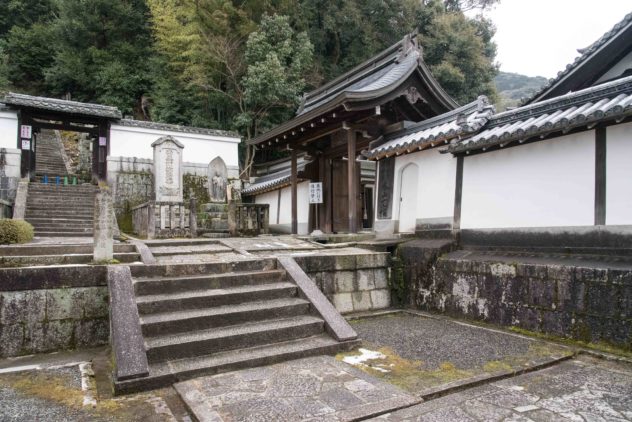
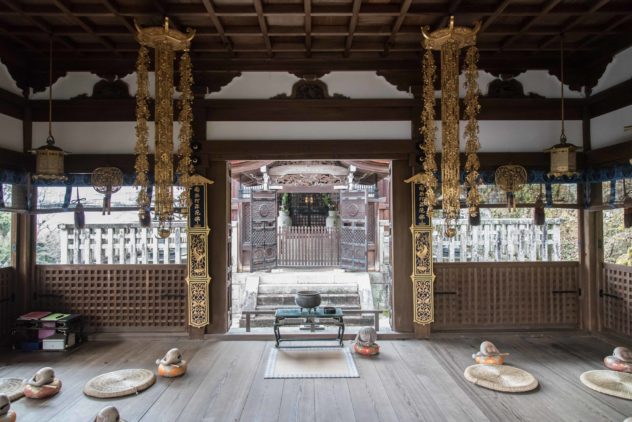
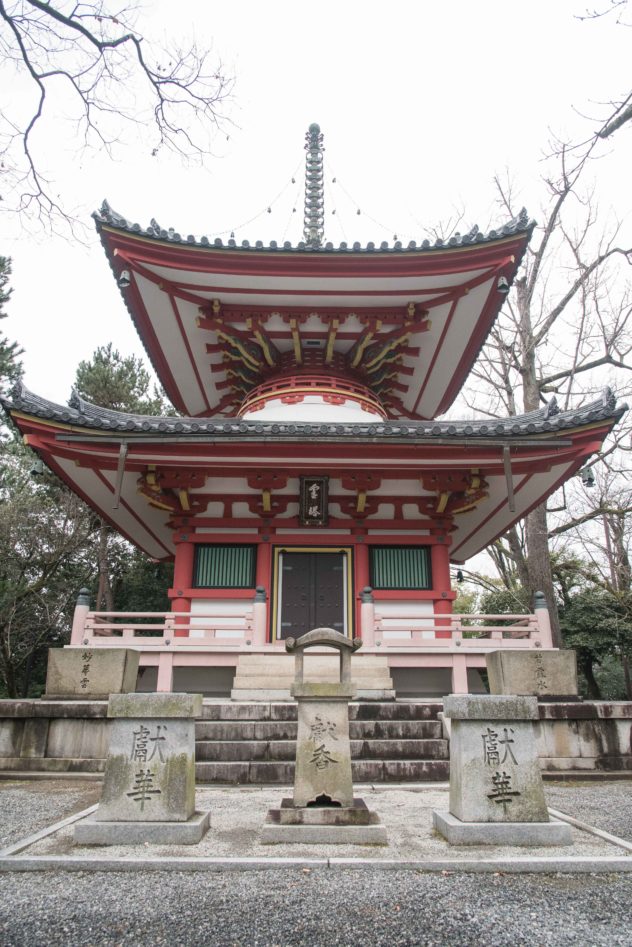
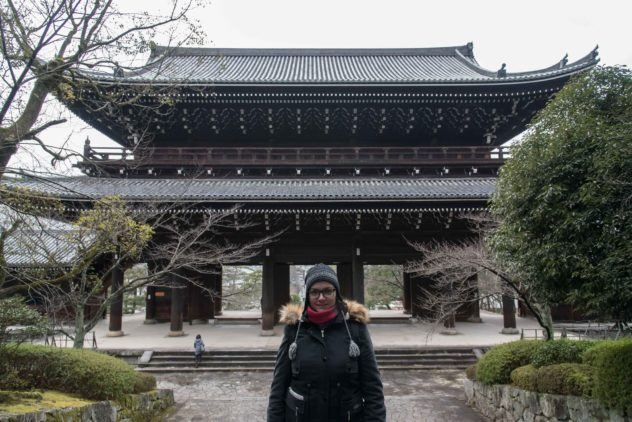
We finished the day in Nakagyo, another popular neighborhood to spot geishas. This time we had better luck as we encounter a Maiko walking along the narrow alleys. She did not stop for a picture but did not mind my camera taking a few shots of her.
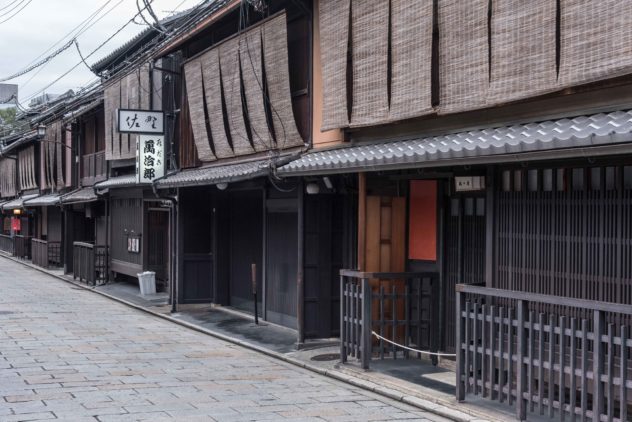
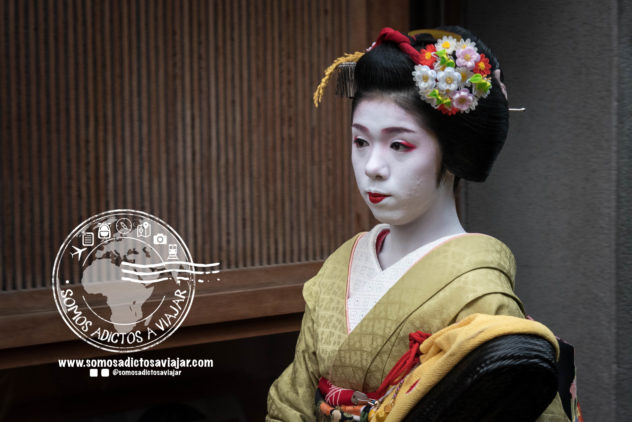
In the morning of January 15 we went to walk around Nijo-jo Castle, we did not enter the castle grounds but we had a nice view of parts of it from the outside. Visiting every place in Japan can break your wallet in a heartbeat, if the place is a UNESCO World Heritage Site it will cost more than a regular site, however almost everything in Japan is UNESCO so we could not afford to visit every place.
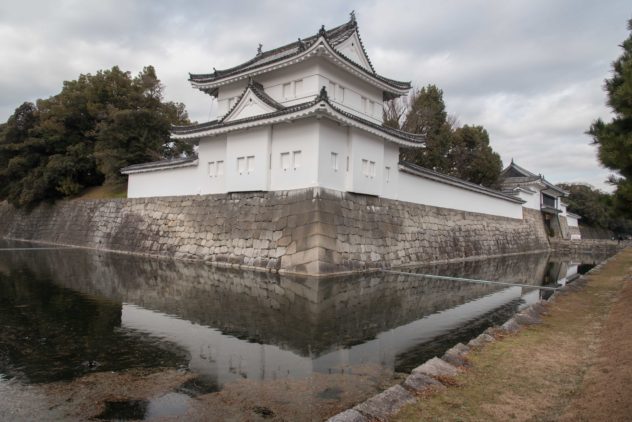
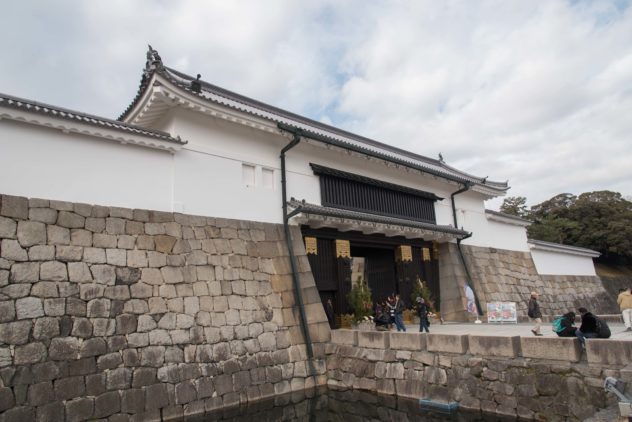
We spent the afternoon at Fushimi Inari Taisha. This was our third attempt to visit the place so this time we took advantage of it. We had a nice hike up to the top of the mountain and visited several small temples along the way. We really took our time visiting this iconic Japanese place.
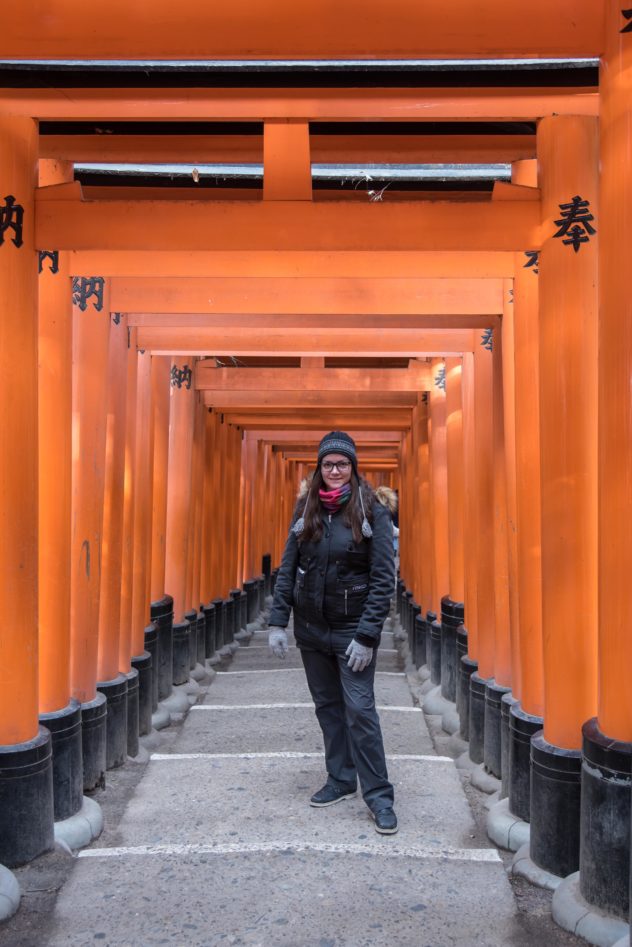
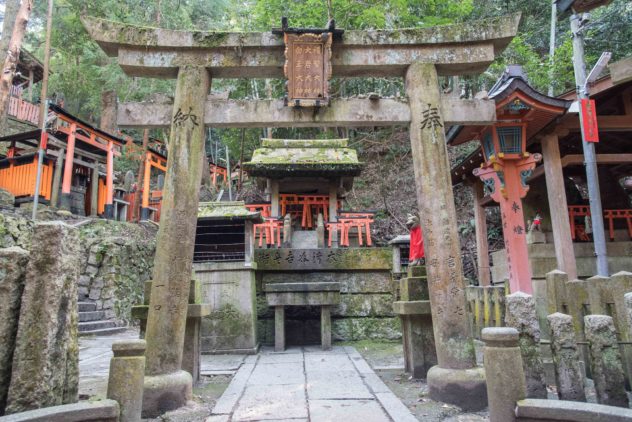
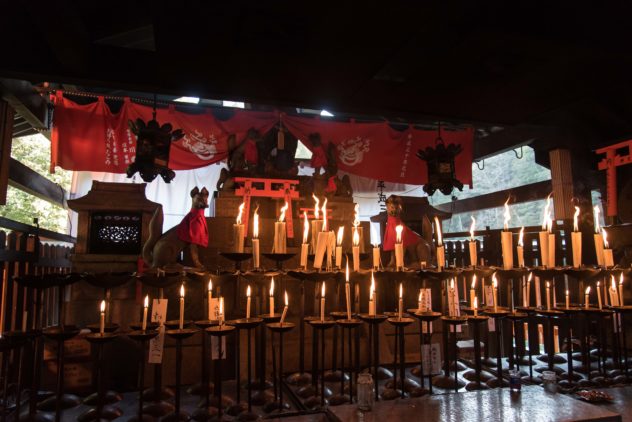
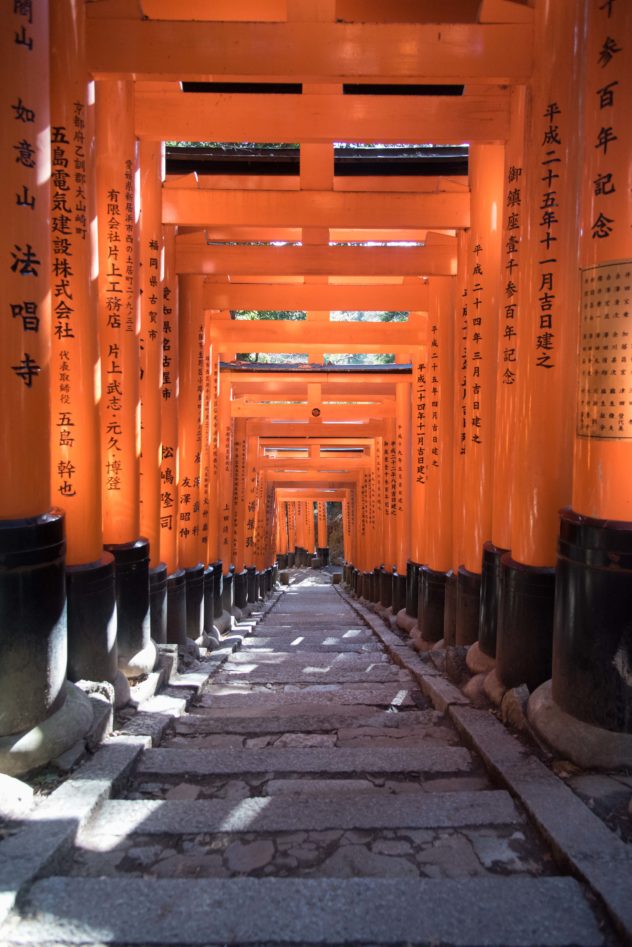
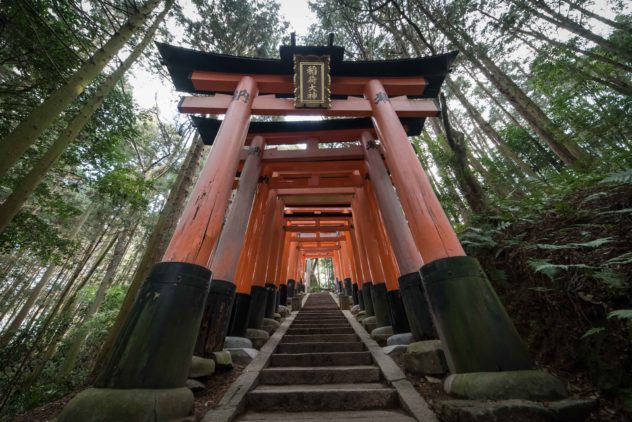
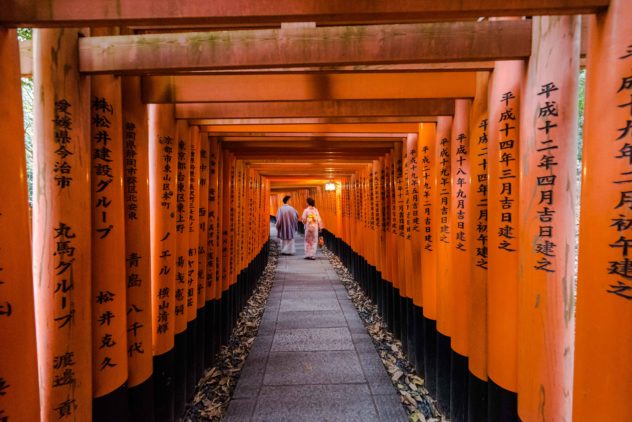
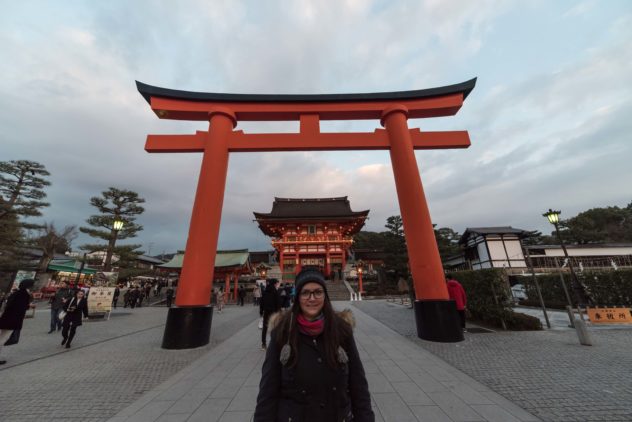
In the evening we took the Shinkansen back to Tokyo.

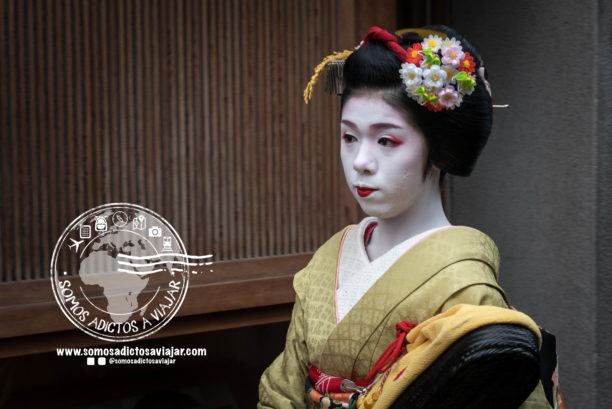
Great! It suits me both ways!
Now, am I the only one who’s following your blog? Never see other comments.
You are the only one commenting on the English blog, that’s for sure!
Our families and friends read the Spanish blog but they do not comment often. Marcela’s mom sometimes makes a comment or two but that’s about it. I showed my dad but he probably forgot by now… hahahaha!
If you stop commenting we will stop writing!
Thank you for sharing all these beautiful pictures from all these amazing sites of Kyoto. They brought me very good memories!
Sergio, that’s the idea with the pictures… if people know the places they can remember the good times they had a these places; if they have not been to the place the photos will provide you with an idea of how it looks like.
Unfortunately we cannot upload all the pictures we take because it will be too much for the website but we do our best to bring the readers the best photos we take of all the places we visit!